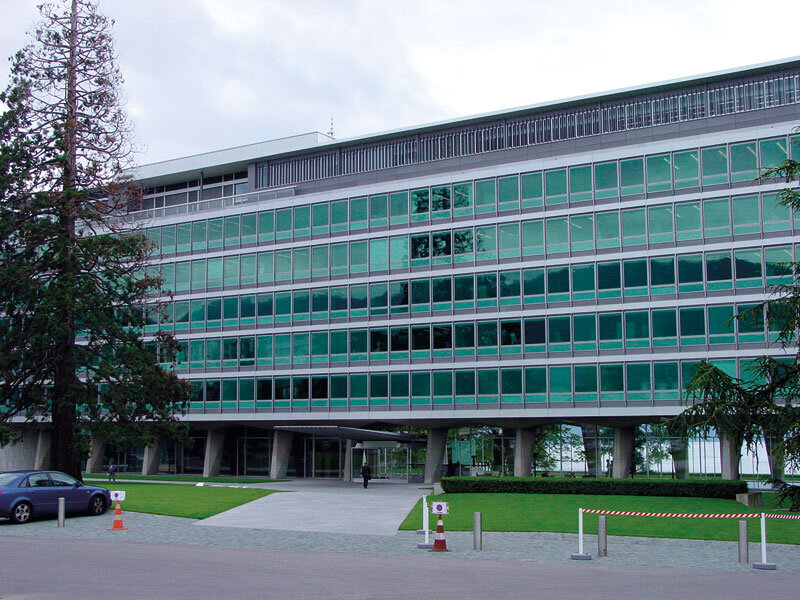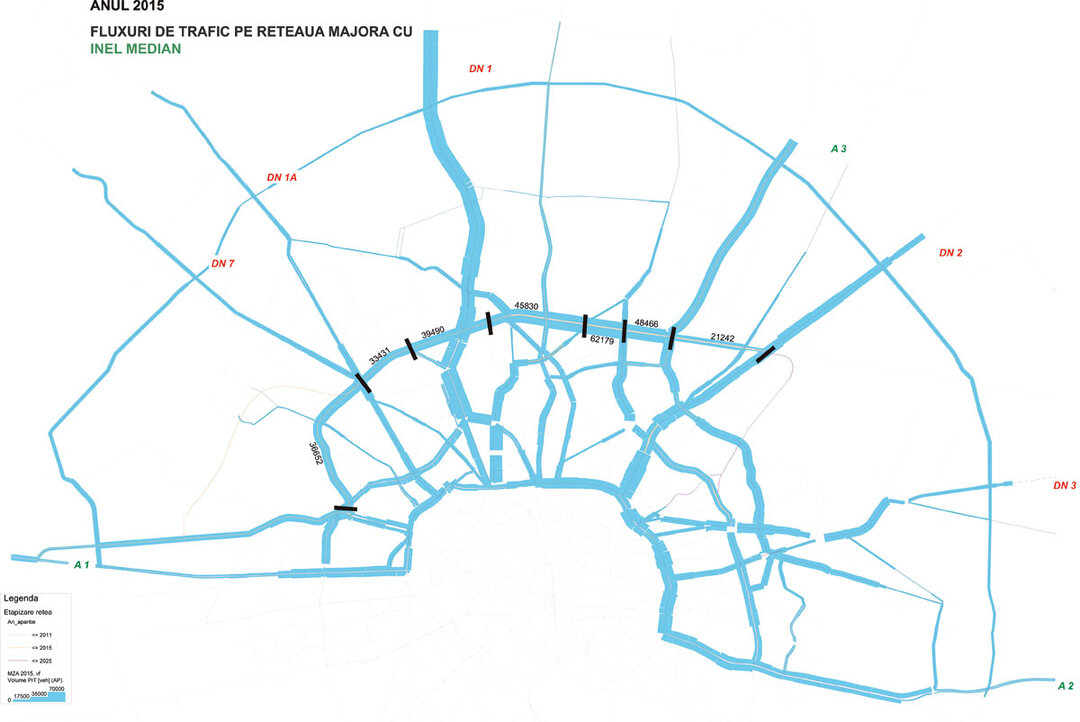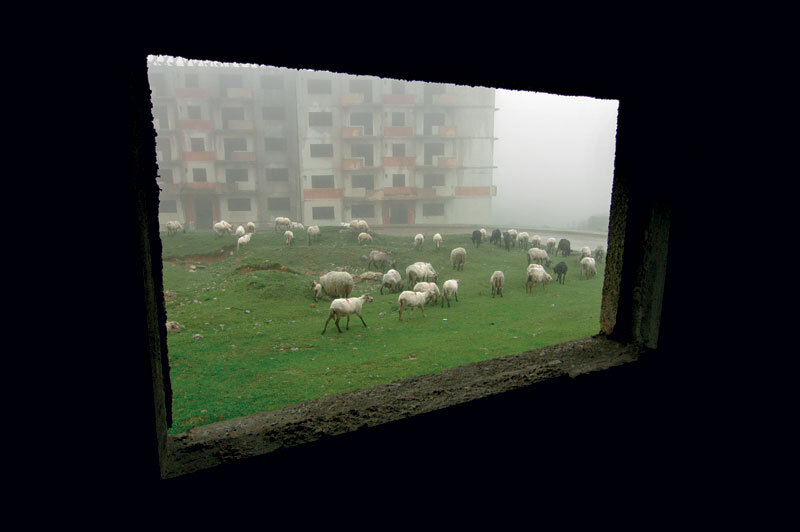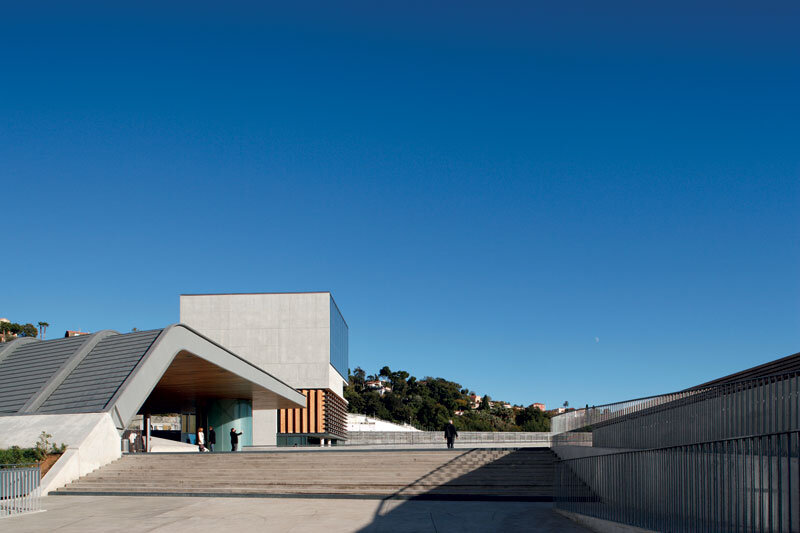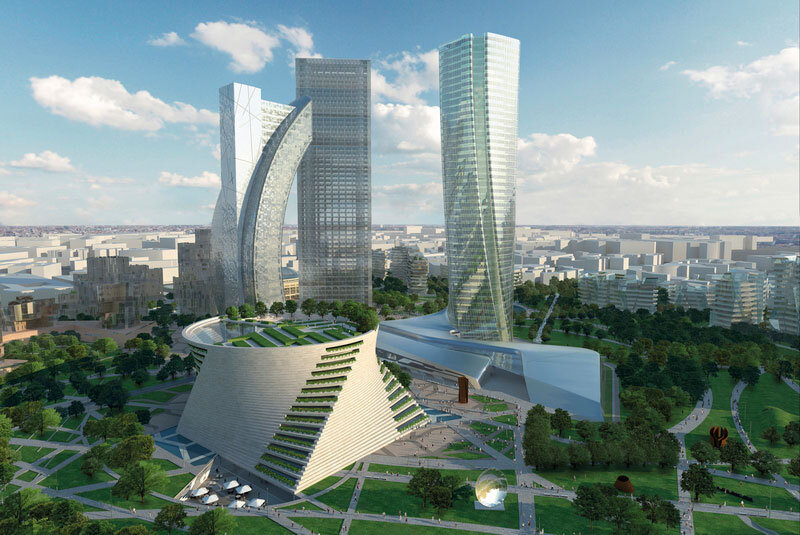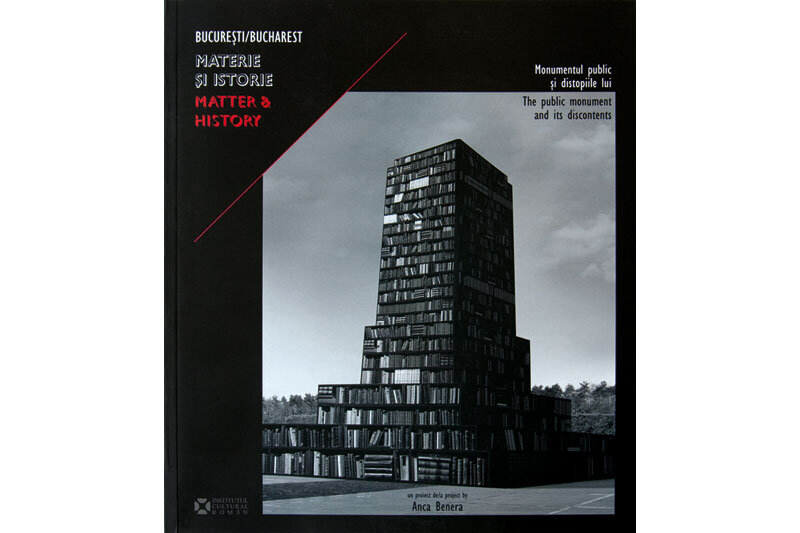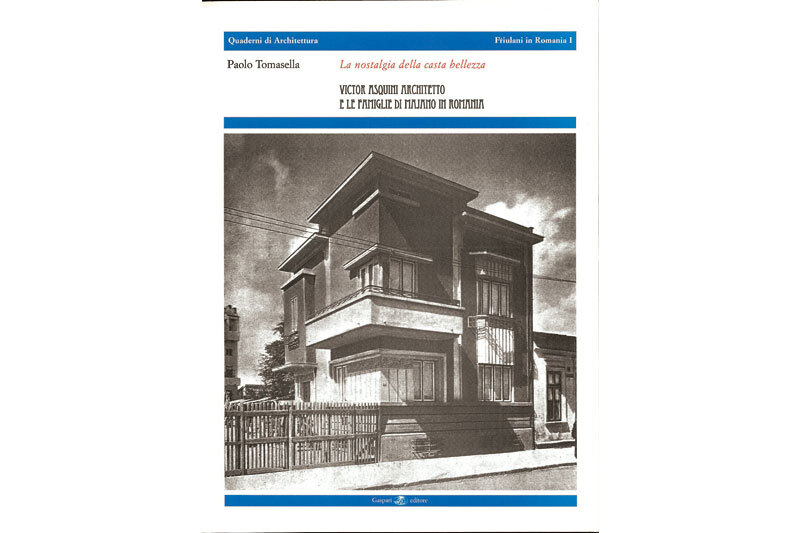
Argument la temă: Monumentele istorice în România
Historic monuments in Romania
| Merită să vorbim, trebuie să vorbim despre monumentele istorice, despre patrimoniul din România și mai ales trebuie să încercăm un alt sistem, un nou mecanism de abordare a problemei conservării arhitecturii din România. Discuția trebuie să pornească de la constatarea că sistemul actual a eșuat. Când afirm că a eșuat nu trebuie să se amăgească cineva - ca în cazul urbanismului românesc aflat într-o stare comparabilă de eșec sistemic - că se poate interveni cu succes prin schimbări și corecții pe șasiul existent, modificând articole de lege, schimbând câteva persoane prin comisii... Mai multe aspecte mă fac să-mi susțin afirmația:
1. Lista monumentelor e discutabilă.Există foarte multe lucrări de arhitectură de mare valoare care nu sunt pe listă, dar și construcții care, deși reprezintă o perioadă apusă, nu au calități excepționale însă au reușit să ocupe poziții, producând confuzii referitoare la calitatea arhitecturii. Cine are responsabilitatea completării listei la zi și care e termenul la care nu va mai trebui să sperăm doar că anumite piese importante, nelistate, nu vor fi înlocuite definitiv? Este listarea o responsabilitate, un angajament al statului, prin ministerul de resort, în vederea păstrării moștenirii arhitecturale sau e o inițiativă privată, comunitară, arbitrată de stat prin competență? 2. Termenii folosiți sunt discutabili. Monument istoric? Cum se face că anumite clădiri aparținând unor programe comune, datorită valorii lor de martor al istoriei, devin monumente? Termeni folosiți de alte culturi, precum moștenire (heritage), patrimoniu, comemorant (Denk-mal), îmi par mai adecvați. Există monumente istorice și monumente neistorice? Arhitectura nu poate scăpa istoriei așa cum categoria monumentelor trimite mai degrabă la ceva construit în scopul comemorării și nu la ceva devenit monumental datorită curgerii timpului și listării. 3. Nu e clar pentru monumentele istorice ce se protejează, ce și în ce măsură trebuie conservat sau care sunt mo-dalitățile de intervenție impuse, recomandate sau uzuale. Listarea impune avizarea intervențiilor de către comisii care nu se ghidează, în general, după teorii valabile și nu oferă regulamente, fiind percepute, de regulă, ca niște cercuri închise, nelipsite de conflicte de interese ale membrilor lor. De asemenea, percepția generală asupra preferințelor acestor comisii este aceea că promovează arhitectura pastișantă sau anonimă, respingând, în general, abordările contemporane. 4. Protecția e percepută mai degrabă ca o corvoadă, ca o barieră, care nu produce nicidecum stimuli pentru a conserva, ci dimpotrivă, fapt care se constată prin tehnicile de ruinare și distrugere care conduc la declasare și înlocuire pentru o mai bună eficiență imobiliară. Necorelarea dintre legile care guvernează conservarea și fiscalitatea aferentă întărește această tendință. A fi proprietarul unei clădiri de patrimoniu ar trebui să fie un privilegiu și o șansă, dar în România nu e vorba de așa ceva. 5. Statul nu e capabil să pună ștacheta prin felul în care își conservă propriile proprietăți de patrimoniu, dovedind din nou că e unul dintre cei mai proști proprietari prin instituțiile sale. Cum să creezi un context favorabil conservării și protecției dacă monumentele istorice cele mai im-portante aflate în proprietate publică sunt în stare precară? Dacă ne referim la clădirile de cult, situația e și mai gravă. 6. Administrația statului responsabilă de protecția patri-moniului nu oferă o bază de date accesibilă public din care să rezulte starea patrimoniului, distrugerile și noile listări, evoluția și calitatea intervențiilor de conservare, reabilitare sau restaurare. Patrimoniul e trecut sub tăcere din punctul de vedere al evidențelor subtile, probabil și pentru a nu face vizibilă totala ineficiență a sistemului. 7. Licențele de certificare a competențelor pentru restaurare se emit ocazional și nu la cerere, păstrând exclusivitatea asupra domeniului unui număr restrâns de „specialiști” care, deși au asigurată astfel piața, nu o pot acoperi. Îmi pare o eroare fundamentală. Conservarea ar trebui să facă parte din activitatea comună a oricărui arhitect cu competențe asigurate de învățământul de master, acoperite de diplomă și exersate în stagiu, fără a necesita o pregătire specială. Specială ar trebui să fie competența comisiilor, care, dacă ar avea performanțe bazate pe un sistem calificat, remunerat și scos în afara conflictelor de interese, ar fi suficientă pentru a asigura filtrul de calitate necesar intervențiilor pe patrimoniul arhitectural. Ar mai fi multe de spus, dar totul e mult prea bine surprins în jocul de societate Habitat, produs de Odaia Creativă, în care se întrec demolatorii cu restauratorii, joc pe care, ca să închei într-o notă mai veselă, ar trebui să îl joace toți membrii comisiilor (CNMASI) înainte de a-și primi confir-marea mandatului. |
| It is worth talking about, indeed it is necessary to talk about historical monuments and heritage in Romania, and above all it is necessary that we should attempt a different system, a new approach to the conservation of Romanian architecture. The discussion should proceed from the observation that the current system is a failure. When we say that it has failed, let nobody be fooled into thinking that, in the case of a Romanian urbanism that is in a state comparable to a breakdown in the system, it will be possible to make changes and corrections to the existing framework, by amending articles of the law, replacing members of commissions, and so on. There are a number of issues that support this argument:
1. The list of monuments is debatable.There is a large num-ber of architectural works that are not on the list, but also structures which, although representative of past periods, do not possess exceptional qualities but have managed to occupy prominent positions, thereby causing confusion with regard to architectural quality. Who is responsible for keeping the list up to date? Is the list a responsibility and un-dertaking of the state, via the relevant ministry, with a view to preserving the nation’s architectural heritage, or is it a pri-vate, community initiative merely arbitrated by the state? 2. The terms are debatable. Historic monument? How is it that certain ordinary buildings become monuments based on the fact that they have witnessed history? The terms heritage and Denkmal seem to me more appropriate than the Romanian patrimoniu. Are there historic and non-historic monuments? Architecture cannot break free of history, the same as the category of the monument sooner refers to something constructed with a view to commemoration rather than something that has become monumental because of the passing of time and the fact of its being listed. 3. It is not clear what has to be conserved in the case of protected historic monuments or to what extent, and nor is it clear what the methods that are laid down, recommended or usual might be. Listing imposes the approval of any alterations by commissions that are generally not guided by valid theories and which put forward regulations that are usually seen as being vicious circles and invariably affected by conflicts of interest on the part of the commissions’ members. Likewise, the general perception of the prefe-rences of these commissions is that they promote a pasti-che or nondescript architecture, rejecting, as a rule, any contemporary approaches. 4. Conservation is perceived more as a burden, a barrier, which creates no stimulus to conserve, but rather reveals itself through techniques that ruin and destroy buildings, leading them to be struck of the list of protected monuments in order to make the real estate market more efficient. The lack of correlation between the laws that govern conser-vation and the relevant taxes reinforces this tendency. Being the owner of a heritage building ought to be a privilege and an opportunity, but this cannot be said to be the case in Romania. 5. The state is incapable of raising the bar by the way in which it conserves its own heritage properties, proving once again through its institutions that it is one of the worst property owners. How can one create a context favourable to conservation and protection if the most im-portant publically owned historical monuments are in such a precarious state? And when it comes to religious buildings, the situation is even worse. 6. The state administration responsible for protecting national heritage does not provide a publically accessible database to show the current state of listed buildings, newly listed buildings, buildings that have been destroyed, and the evolution and quality of conservation and restoration work. Heritage is passed over in silence when it comes to detailed records, probably in order to show up the complete inefficiency of the system. 7. Licences to certify competency in restoration work are issued only intermittently and not on demand, thereby maintaining exclusivity in the field for a limited number of “experts” who, although they have a monopoly, cannot meet market demand. This seems to me to be a fundamental error. Conservation ought to be part of the usual activity of every architect, with competency ensured by MA-level education, covered by diplomas, and acquired through work experience, without there being any need for special training. It is the commissions that ought to have special competencies. If the performance of these commissions were based on a system of qualifications, if they were properly remunerated, and if there were no conflicts of interests, then it would be sufficient in order to ensure the quality-control filter required by interventions to the architectural heritage. There is a lot more to say on the subject, but it has already been captured all too well in the parlour game Habitat, created by Odaia Creativă, in which demo-lishers and restorers vie with each other. To conclude on a lighter note, this is a game that all the members of the commissions (CNMASI) ought to play before receiving confirmation of their mandate. |










